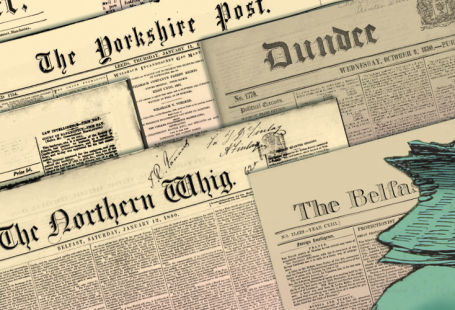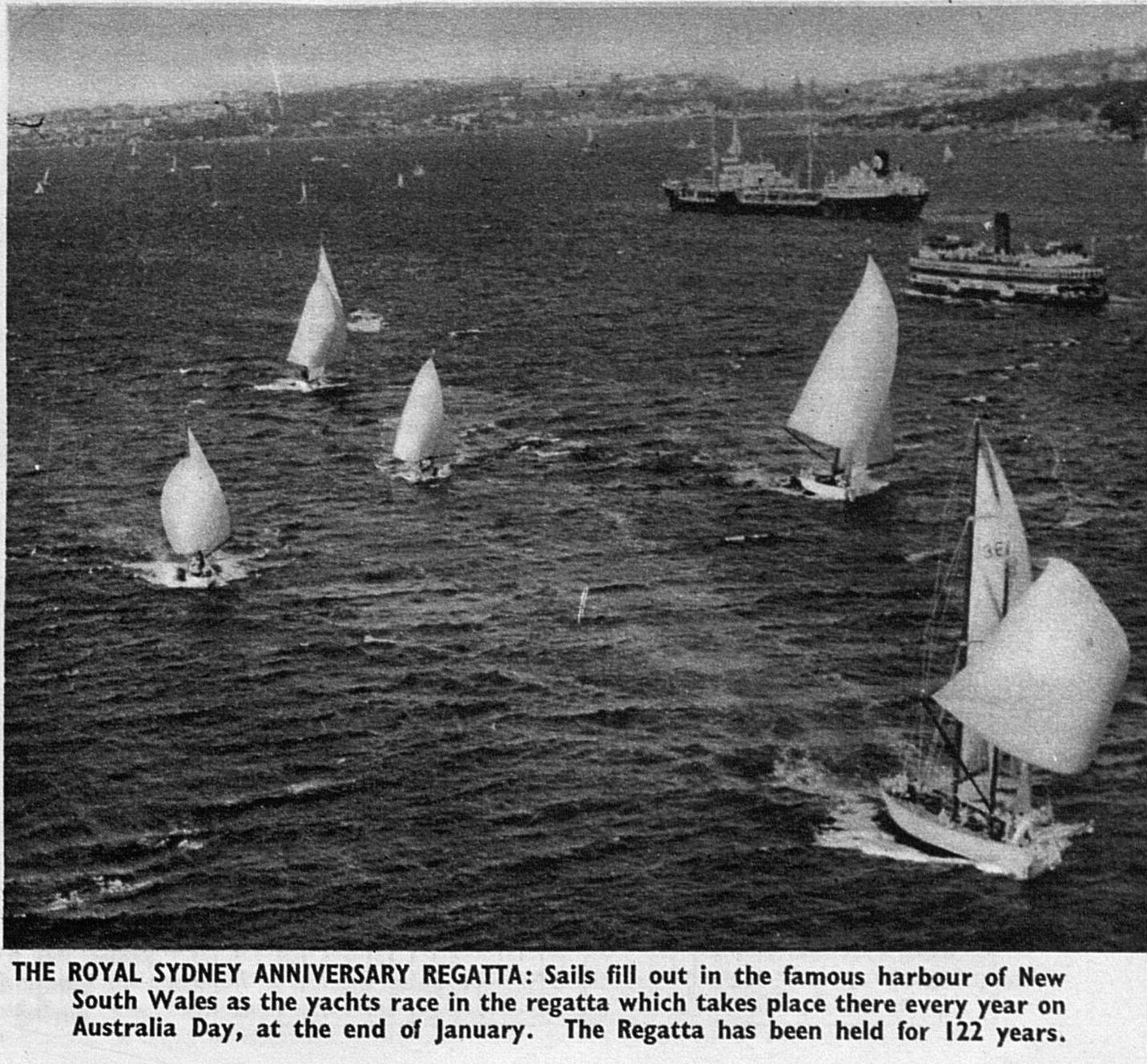We are always delighted here at the British Newspaper Archive to read all about your discoveries – whether relating to family history, sport, fashion – and to feature them here on our blog.
Register now and explore The Archive
This very special post comes from economic historians Joachim Voth and Bruno Caprettini, from the University of Zurich. In it, they describe how they used the British Newspaper Archive for their research into the relation between new agricultural technology and social unrest, covering the ‘Captain Swing’ riots of the early 1830s.
Read on to find our more about their research, and how they used the British Newspaper Archive.
On August the 28th 1830, in Lower Hardres (Kent), a group of 400 rural workers destroyed the threshing machine of their landlord. That was the start of the Swing riots: a wave of more than 3000 acts of revolt that swept across England for over 2 years. The riots take the name from the mythical ‘Captain Swing,’ who signed anonymous letters demanding landlords to raise wages and get rid of their machines (Figure 1 and 2).
Figure 1: Long Swing letter reproduced on a newspaper | Sun (London) | 24 November 1830
Figure 2: Two examples of letters signed by Swing | Star (London) | 22 January 1831
The outbreak took most by surprise: for example, the Berkshire Chronicle and Bucks and Windsor Herald reported the first incident only two weeks later, between a commentary on National Debt and the advertisement of a Snake Poison Antidote (Figure 3). Yet, over the following 2 years the riots grew so violent that by the Summer of 1832 unrest had forced the Government of the Duke of Wellington out of office and had led the new government to pass the Great Reform Act – the most important constitutional reform in 300 years.
Figure 3 | Berkshire Chronicle | 11 September 1830
Why did rural workers riot in the Summer of 1830? Some historians suggested that they revolted against the introduction of agricultural machines (Hobsbawm and Rude 1969). Contemporary observers shared this view and reflected that ‘Captain Swing may be the grand-son of Ned Ludd,’ the young weaver who destroyed knitting frames in 1780 Leicester and gave the name to the Luddite movement (Griffin, 2012). But not everyone is convinced by this explanation. Irish immigration, bad weather, enclosures and low agricultural prices all contributed to impoverishing rural workers. Recently Joel Mokyr, one of the most prominent economic historians, questioned the importance of technological fear in stoking the Swing riots (Mokyr et al. 2015).
Joachim Voth and I decided to find out just how important new agricultural machines were in the spread of Swing. We started from a map of Swing riots compiled by Holland (2005) and already used by Aidt and Franck (2015) in their work on the consequences of Swing (Figure 4). Next, we needed a measure of diffusion of agricultural machines. We decided to focus on threshing machines: many of the riots targeted one of them. How could we measure the diffusion of these machines? We knew that Sir Arthur Young had compiled agricultural surveys in the 1790s and 1810s: we used these publications to geolocate the first 95 threshers. Preliminary results were promising: parishes where Sir Young found threshing machines in the 1810s had significantly more riots in 1830. But these were few machines observed two decades before the riots: Could we do better?
Figure 4: Geographical distribution of Swing riots. Source: Holland (2005)
When we discovered the British Newspaper Archive in the Spring of 2016, we knew right away that we could. With a simple textual search of “threshing machine” the website retrieved several hundred results. Some of these were advertisements notifying the sale of a farm that had a “threshing machine” in its inventory (Figure 5). Others were posted by machine manufacturers who listed the residence of their past clients (Figures 6). We used this information to compile a database of 548 machines (Figure 7): while incomplete, the data represents the most comprehensive information on English agricultural machines before 1866, the year of the first Agricultural Census.
Figure 6: Example of an advertisement. On February the 2nd, 1808, the Stamford Mercury published the notice of William Forge, a threshing machine maker, who advertised his product by suggesting to contact one of his past customers.
Figure 7: Geographical distribution of threshing machines. Source: own coding of information from Sir Arthur Young General Views of Agriculture and newspaper articles from The British Newspaper Archive
To put the scope of the contribution in perspective, J. R. Walton had tried a similar exercise almost 50 years ago, when he used farm advertisements to estimate the number of agricultural machines in 1800 England. The study took him half a decade and was based on 2 (two!) newspapers covering a single English county (Oxfordshire). Thanks to the British Newspaper Archive we were able to replicate and extend his study to the entire country in little more than 5 months!
The new data vindicates the view of Hobsbawm and Rudé, as well as the impression of contemporaries. The adoption of new machines does explain the spread of the riots, over and above any other competing explanation. We also use advanced statistical technique to show that the relationship was causal: the spread new technology caused the riots. We present these results in a new paper: “Rage Against the Machines: Labor-Saving Technology and Unrest in Industrializing England,” which is forthcoming on American Economic Review – Insights (September issue). The paper would not have been possible without the British Newspaper Archive: we are very grateful to their invaluable work!
References
Aidt, T. S., & Franck, R. (2015). Democratization under the threat of revolution: Evidence from the great reform act of 1832. Econometrica, 83(2), 505-547.
Griffin, C. (2012). The rural war: Captain Swing and the politics of protest. Manchester University Press.
Hobsbawm, E., & Rude, G. (1969). Captain Swing (New York). Pantheon, 56.
Holland, M. (Ed.). (2005). Swing unmasked: the agricultural riots of 1830 to 1832 and their wider implications. FACHRS Publishing.
Mokyr, J., Vickers, C., & Ziebarth, N. L. (2015). The history of technological anxiety and the future of economic growth: Is this time different?. Journal of economic perspectives, 29(3), 31-50.
Walton, J. R. (1973). A study in the diffusion of agricultural machinery in the nineteenth century.” Mimeo.













